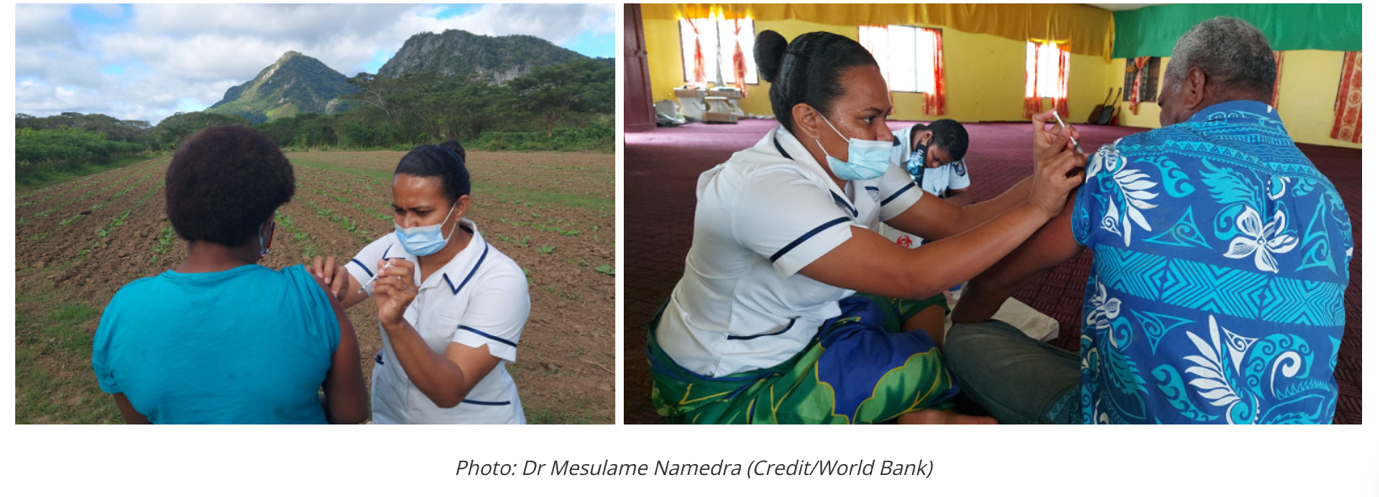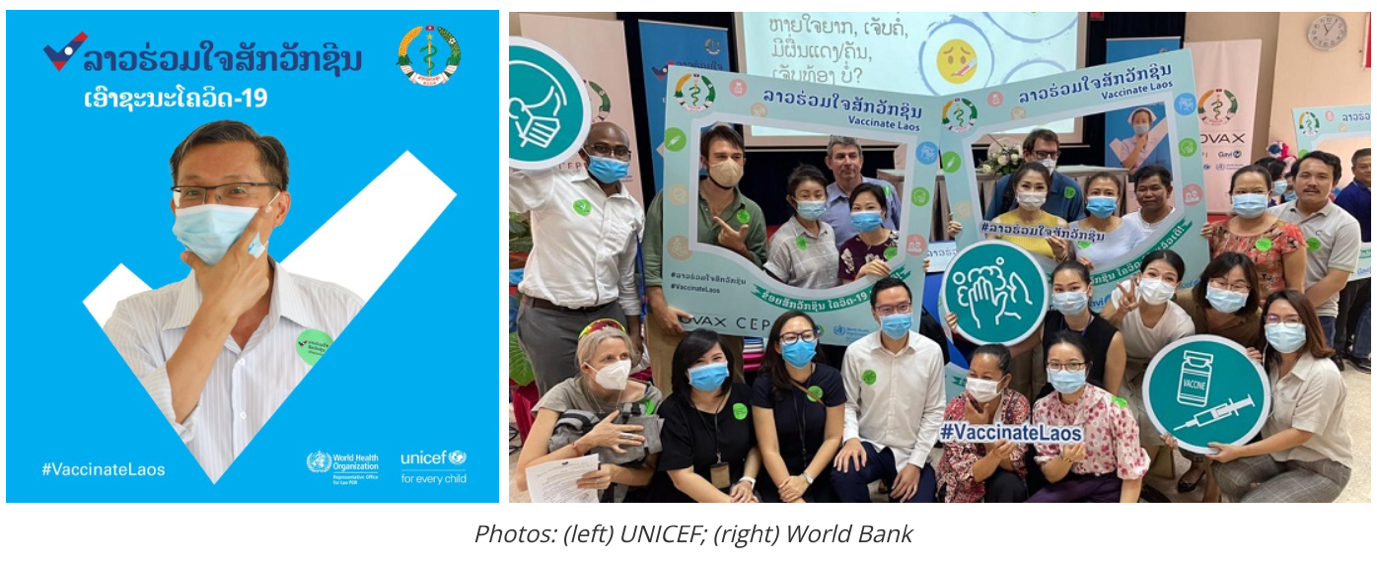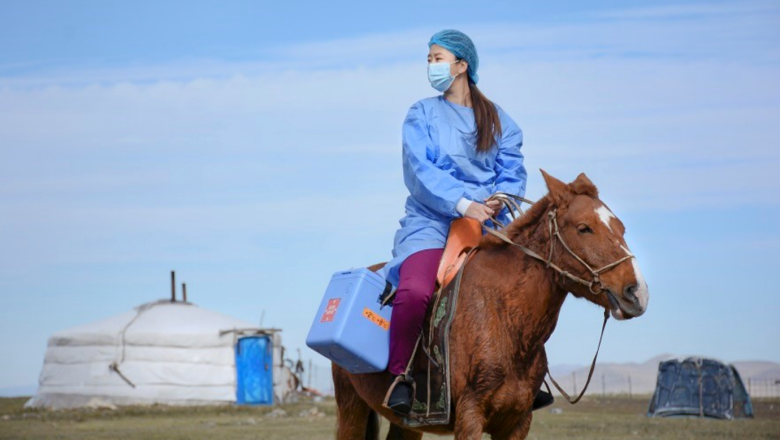Vaccines – Merriam-Webster dictionary’s “word of the year” in 2021 – were the talk of the global town last year.
The World Bank has been front and center in efforts to deliver fair, broad and fast access to COVID-19 shots, on top of increased investments in health, education, social protection, and private sector support to help countries weather the pandemic and build a resilient recovery. Countries can use World Bank financing to purchase vaccines through COVAX, a worldwide initiative aimed at equitable access to vaccines, and the World Bank is partnering with COVAX on financing mechanisms to accelerate access to vaccines in developing countries. In addition, the World Bank is an engaged partner of the Access to COVID-19 Tools Accelerator (ACT-A) to ensure global equitable access to COVID-19 vaccines, therapeutics and diagnostics for the poorest and most vulnerable countries.
What this means in the East Asia and Pacific region, from the Mongolian steppe to the waters of the Pacific Ocean, is that the World Bank has provided $1.44 billion in vaccine financing, enabling countries and partners to purchase and distribute vaccines, tests, and treatments, especially for the poor and vulnerable.
Fiji

Fiji was COVID-19 free for much of 2020 before an outbreak in early 2021. A third wave of infections was confirmed by the Ministry of Health in December 2021. The government and people of Fiji responded quickly with a successful nationwide vaccine program. Today, more than 92% of the eligible adult population are vaccinated and the campaign to include children aged between 12-17 years continues. World Bank support for Fiji has focused on strengthening Fiji's health system through a $7.4 million (FJ$16 million) operation so it can continue delivering COVID-19 vaccines while also preparing for future health shocks.
Indonesia

Indonesia has delivered more than 309 million doses of COVID-19 vaccine and the rollout continues to gain pace. Currently, between 1.2 to 1.8 million people are being vaccinated each day. A rapid scale-up of testing, tracing, and treatment capacity has seen more than 950 new PCR testing labs opened and thousands of new isolation and critical care beds being added across the country. In March 2020, the World Bank was the first institution to offer Indonesia emergency financing. At the government's request, much of this financing was channeled through an innovative Program for Results (PforR) operation. The PforR was prepared in eight weeks and disbursed fully in the same financial year. Subsequently, an additional financing of this PforR, has made available $1.75 billion for Indonesia to quickly move towards its national vaccination targets and ensure Indonesians get the help they need.
Philippines

The Philippines is giving on average 800,000 vaccine doses each day and is expected to reach the 70% vaccination rate in the first half of 2022. The World Bank has been supporting the Department of Health in their efforts to address vaccine hesitancy and speed up delivery rates. Technical support by the Bank and partners, including the UN system and Government of Australia, helped shape three interventions designed to encourage more people to get the jab. These included enlisting social influencers to nudge more people to get vaccinated. In the last six months, these campaigns have seen the number of people willing to become vaccinated almost double. Additional financing of US $300 million was approved in December 2021 to help scale up the vaccination program, particularly for youths aged 12-17 and at-risk people, including health workers, senior citizens and the immunocompromised, and to provide booster doses to the population.
Mongolia

Mongolia's nationwide vaccination campaign, rolled out in early 2021, has achieved positive results. Over two-thirds of the total population have received a second dose of COVID-19 vaccine and over half a booster. Mobile x-rays, ventilators, and personal protective equipment for hospitals across the country were part of the package financed under the Mongolia COVID-19 Emergency Response and Health Sector Preparedness Project. Another important aspect of the assistance has been improving the storage of vaccines, including access to cold chain equipment. This has meant vaccines can be safely stored centrally and then distributed to the most remote areas of the country. Additional financing has been used to finance vaccines used in the campaign, with public information campaigns and staff training to come.
Lao PDR

The safe, effective, and equitable delivery of vaccines to target groups identified in the government’s National Deployment and Vaccination Plan has been a focus of World Bank support to the Lao PDR. A total of $33 million has been provided to help the country’s response to the pandemic, including through procurement and rollout of vaccines. An initial plan aiming at 50% vaccination coverage in 2021 proved so successful that a revised target of 70% was introduced later in the year, and booster rounds are well underway. World Bank financing has also helped train health staff on vaccine delivery and security, as well as establishing fixed and mobile vaccination sites in remote parts of the country.

